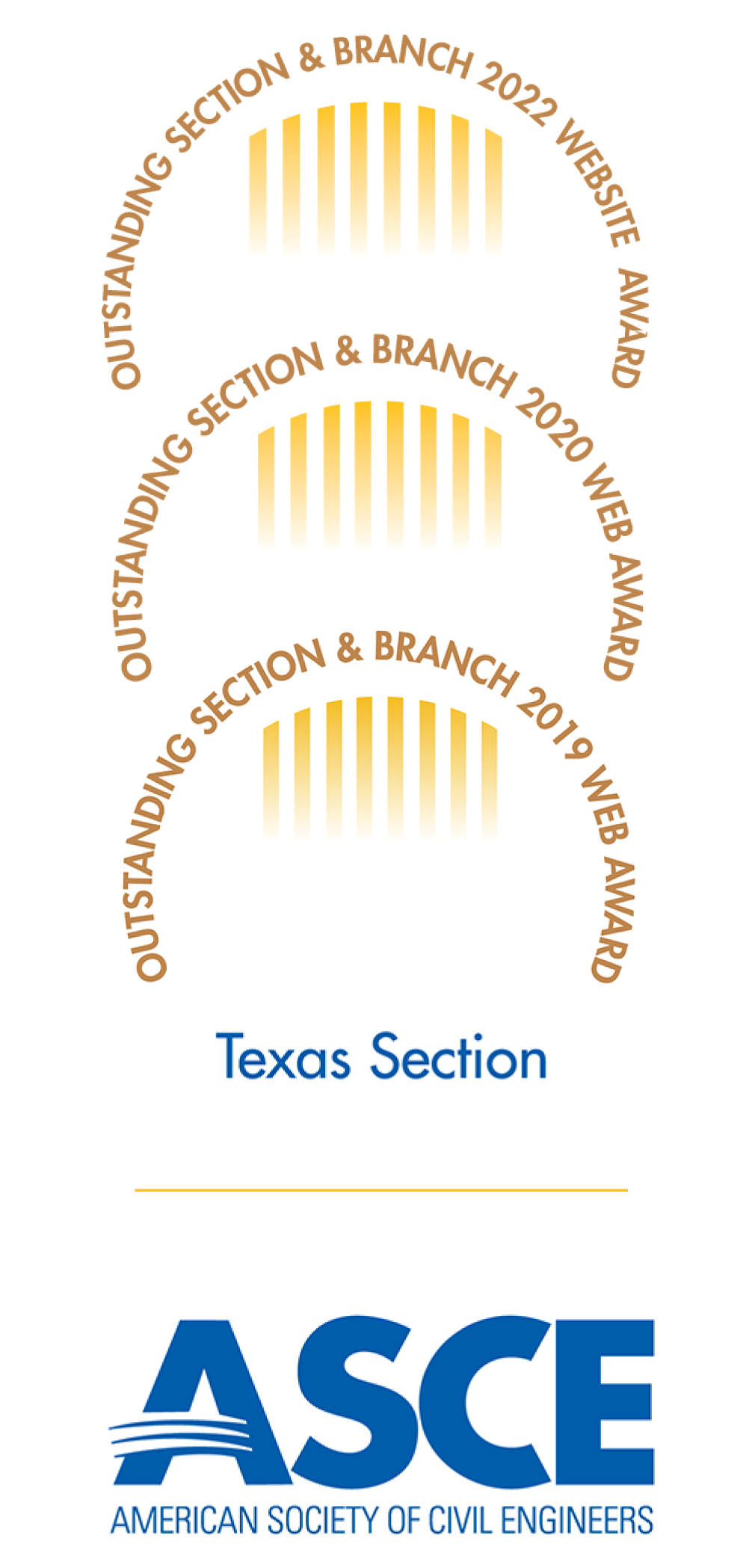TWDB’s Regional Flood Planning
A message from the Texas Water Development Board | July 2021
In 2019, The Texas Legislature passed Senate Bill 8 that provide direction for the development of the first-ever State Flood Plan for Texas. The State Flood Plan, which will be prepared by the Texas Water Development Board (TWDB), will follow a similar planning approach that has been used for water supply planning for 20+ years.
The TWDB has designated 15 regional flood planning areas across the state and established Regional Flood Planning Groups (RFPGs) who are responsible for developing regional flood plans in accordance with TWDB requirements and guidelines by January 2023. The TWDB will combine the regional plans to create the first state flood plan by September 2024.
The overall goal of the RFPGs is to determine the nature of flood risk in the regions, evaluate flood mitigation and management practices, and identify projects that reduce flood risk without negatively affecting neighboring areas. The regional flood planning effort is a bottom up planning process that relies on local flood-related data for each regional flood plan to best represent the flood risk in its region. The public is encouraged to participate and provide input in the plan development.
The TWDB has additional information on its website about upcoming regional flood planning group meetings at this link: http://www.twdb.texas.gov/flood/planning/regions/schedule.asp
You can determine which planning group represents you at http://www.twdb.texas.gov/flood/planning/index.asp#boundaries
TWDB provides links to each RFPG’s website here http://www.twdb.texas.gov/flood/planning/regions/index.asp
Many of the RFPGs are collecting flood-related data now! If you have information that you would like to submit to your RFPG, please visit the TWDB website to find your RFPG’s website and information on how your region is collecting local data. Data of interest includes floodplain ordinances, development regulations, land use plans, watershed studies, flood maps and models, low water crossings, flood early warning systems, flood-related capital improvement projects, and more! Data collection and plan development is open to local jurisdictions, entities with flood control responsibilities and the public at large.
Share this story:








